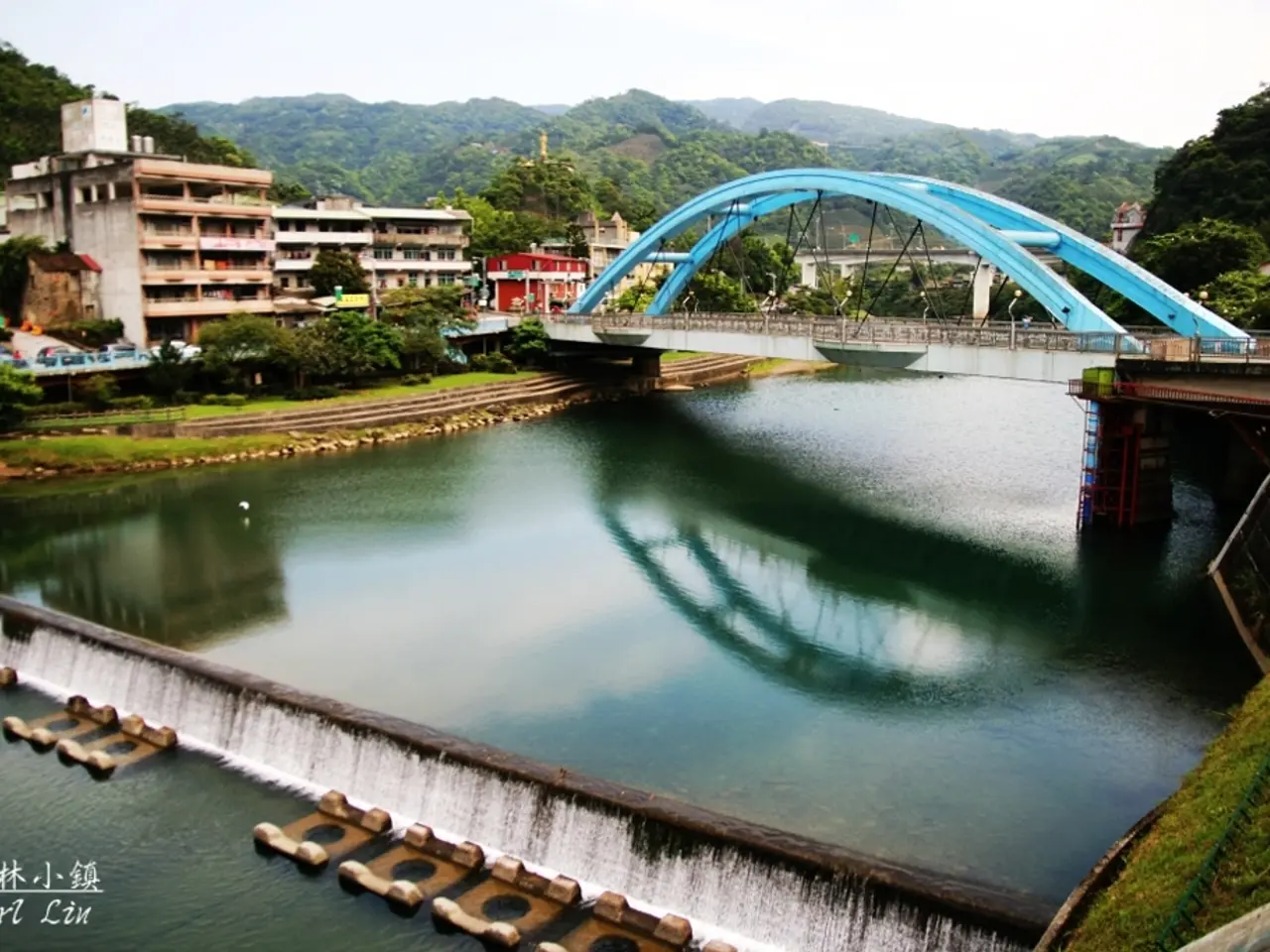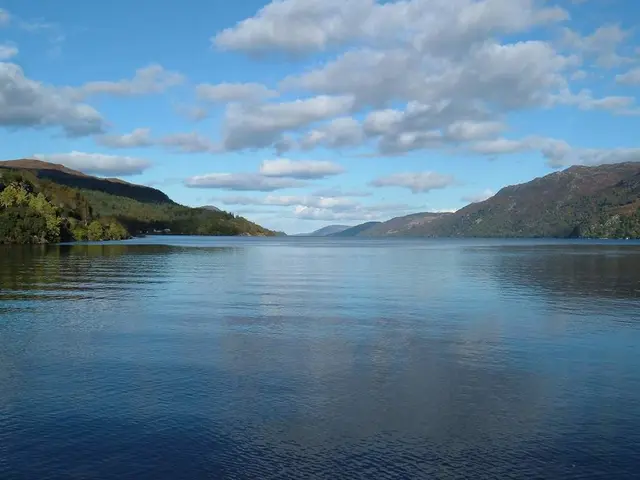Building Barriers for Water Retention and Soil Preservation through Check Dams Construction
In the realm of natural infrastructure, check dams play a significant role in water and soil conservation. These small structures, often made from materials like sandbags, fiber logs, or rock, are designed to slow down the flow of water in streams and swales, allowing it to seep into the ground more effectively.
Check dams are particularly useful in areas with fast water flow and small drainage areas. They help conserve water and soil, slowing water flow, increasing infiltration, and supporting plant growth - a principle that is well-embraced in permaculture. This holistic approach to landscape design aims to create more resilient landscapes, prevent erosion, save water, and improve soil health.
However, it's crucial to approach their installation and maintenance with care. Proper planning, careful design, and regular maintenance are key to making check dams work well. Regulatory requirements or permits might be needed for their installation, depending on the location, as they are often used in flowing streams and require permits from agencies like the U.S. Army Corps of Engineers or state environmental departments.
While check dams offer numerous benefits, they do have limitations. They mainly slow down water flow, not remove a lot of sediment. Therefore, it's essential to maintain and inspect them after storms and when sediment reaches one-third to one-half the dam's height.
When check dams are no longer needed, they must be carefully removed to restore the channel or swale properly. Proper restoration after dam removal helps prevent erosion and aids in ecosystem recovery.
The long-term advantages of check dams, such as better water and soil conservation, often make the initial cost worth it. Smaller dams made from materials like sandbags or fiber logs can cost between $2.50 to $13 per foot, while rock dams, a popular choice, usually cost between $100 to $400 per dam, including material and installation costs.
Check dams can also be integrated with other water management practices, such as swales, contour trenches, and rainwater harvesting systems. They work well when paired with these practices, slowing down water flow and letting it soak into the ground better.
In conclusion, check dams are a key tool in water and soil conservation, helping the ecosystem stay healthy and strong. By employing them in a thoughtful and responsible manner, we can strike a balance between human activities and nature, promoting harmony with the earth's resources. It's crucial to remember that not following environmental compliance rules can lead to legal and financial trouble.
As for the Turkeypen Watershed in southeast Arizona, there are no search results specifically identifying an organization that has conducted work on natural infrastructure usage over the past 30 years. This underscores the need for continued research and collaboration in the field of sustainable water management.
Using check dams and natural water management is vital for our environment, helping balance human activities with nature and promoting harmony with the earth's resources.








